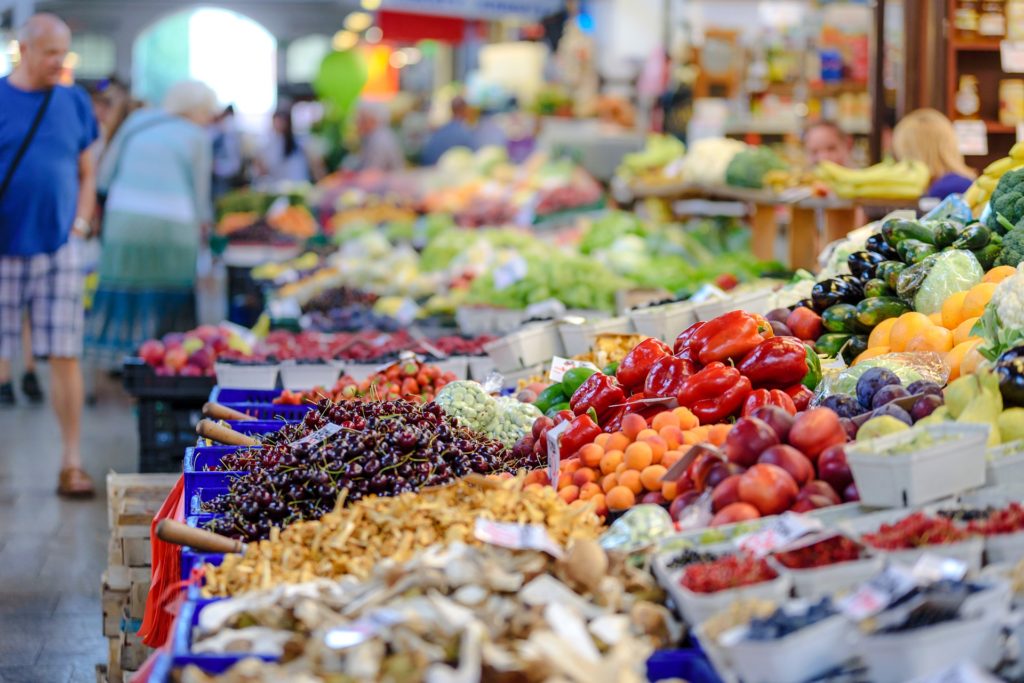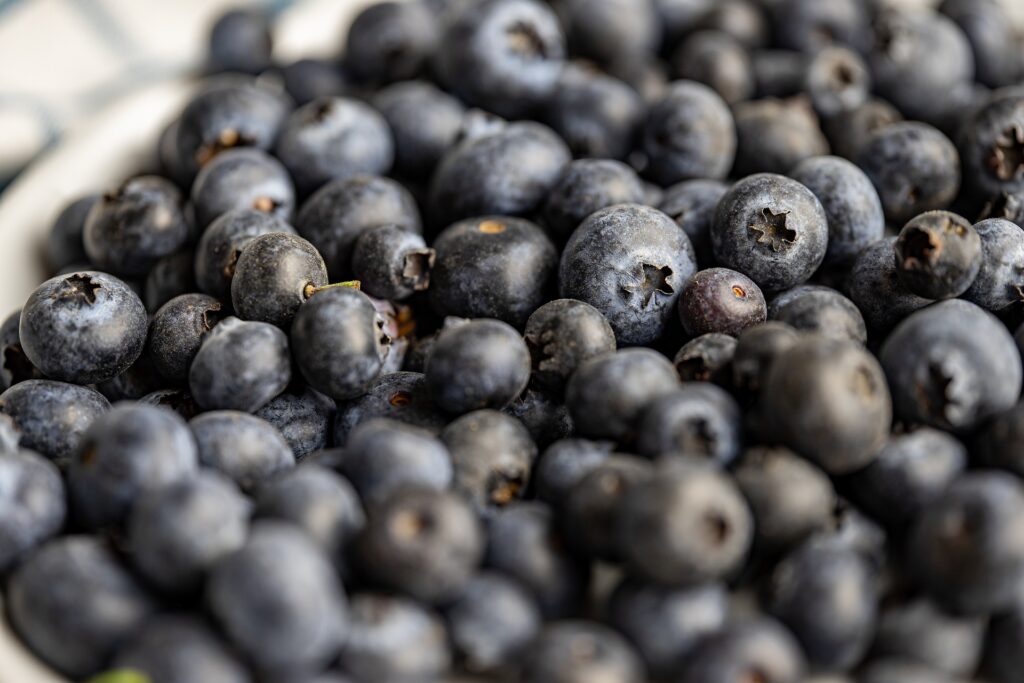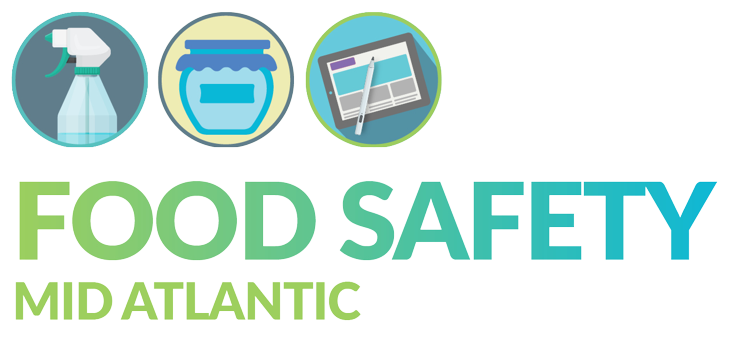
When I was a graduate student, I visited Malta and I bought home nougat for my friends. Only to find when I gave it to my friends that there were ants in the packet. Ugh, some gift that turned out to be. Make sure you know the source of all your ingredients and check that they don’t have ants and that the package is intact when you receive them.
Many small food businesses start out buying ingredients from their local supermarket. We can trust food bought at the supermarket because it has been manufactured and packaged by businesses that have to follow federal food safety regulations. However, as you grow this might not be the best source of your ingredients and you may need to buy greater quantities than they keep in stock. As you buy larger quantities of ingredients, you need to consider your supply chain program.
To support the local food system, you may also buy from small local farms and food businesses. You must ensure their practices meet your standards for food safety and that the farmer is following food safety procedures and good handling practices and you receive the best quality ingredients.
The best way to ensure that your ingredients come from a safe source is to have a list of approved suppliers. These are farms, local businesses, supermarkets that you have checked to make sure they handle your ingredients to maintain their quality and safety.

Individually checking each supplier can get time consuming and you can ask each farmer or supplier if they follow certain standards. For example, you can ask for their food safety plan or for their third party audit.
In addition to having an approved supplier list, you also need standards for each ingredient. You can ask your suppliers to provide a certificate of analysis (CoA) to come with each batch of ingredients. For example, if you use peanuts, you will want to make sure that they are free of aflatoxin, a known carcinogen. Many peanut farmers and distributors test for aflatoxins and provide certificates to their buyers.
A supply chain program is required as part of the FSMA regulations and restaurants are expected to have an approved supplier list too. Not sure how to start to set up an approved supplier program? Let’s chat so I can support you.

